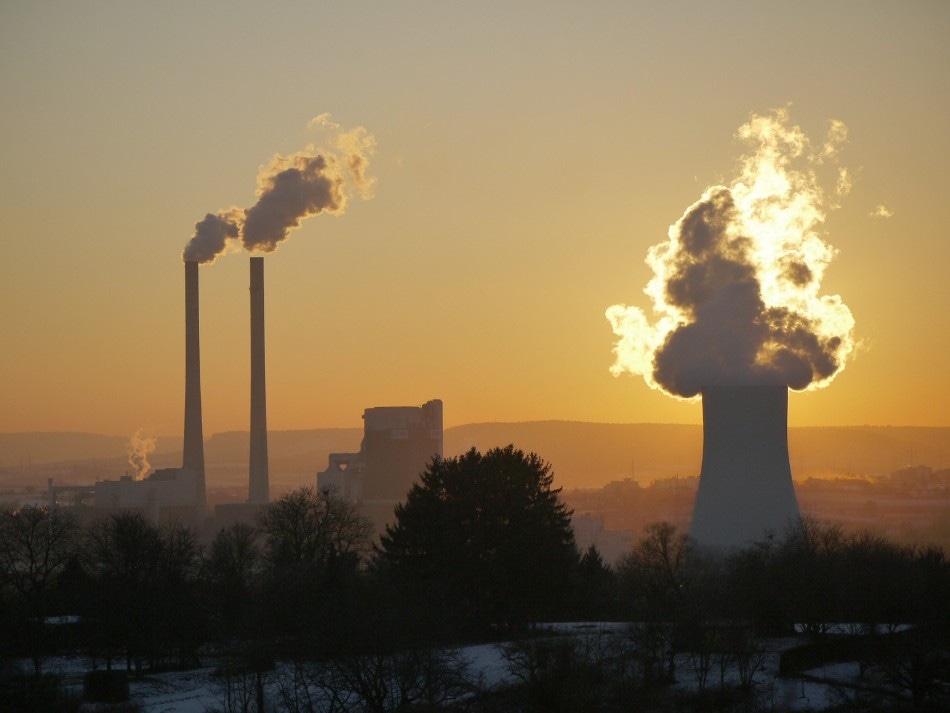Sep 23 2019
A new study reveals that developing regions of Asia will be left without adequate water to cool power plants in the near future due to climate change and over-tapped waterways.
 Throughout Asia, existing and planned power plants that burn coal for energy could be vulnerable to water shortages, new study finds. (Image credit: The Ohio State University)
Throughout Asia, existing and planned power plants that burn coal for energy could be vulnerable to water shortages, new study finds. (Image credit: The Ohio State University)
The study discovered that current and planned power plants that burn coal for energy could be susceptible. The study was reported recently in the journal Energy and Environment Science on September 20th, 2019.
One of the impacts of climate change is that the weather is changing, which leads to more extreme events—more torrential downpours and more droughts.
Jeffrey Bielicki, Study Co-Author and Associate Professor, The Ohio State University
Bielicki is an associate professor with a joint appointment in the Department of Civil, Environmental, and Geodetic Engineering and the John Glenn College of Public Affairs at The Ohio State University.
“The power plants—coal, nuclear and natural gas power plants—require water for cooling, so when you don’t have the rain, you don’t have the stream flow, you can’t cool the power plant.”
According to Bielicki, that is already an issue for a few power plants in the United States, where harsh weather patterns, which are more and more frequent particularly in hotter months, have decreased water supplies.
However, this research states it will probably be an even greater issue in developing regions of Asia—Southeast Asia, Mongolia, and parts of China and India—where over 400 GW of new coal-fired power plant capacity are scheduled for operation by 2030. (By comparison: The biggest coal-fired power plant in Ohio has the capacity to generate about 2600 MW of electricity; the new plants scheduled for developing Asia are equivalent to over 150 similar facilities.)
Such an increase in power production will itself be part of the issue, the scientists learned, leading to much more demand for water at the same time that climate change considerably restricts the supply.
Capacity expansion and climate change combined is going to reduce the water available to cool power plants.
Yaoping Wang, Study Lead Author and Research Assistant Professor, The University of Tennessee
Yaoping Wang was a former doctoral student at Ohio State. Wang had carried out a part of this study while on a fellowship at the International Institute for Applied Systems Analysis in Austria.
Cooling is essential to the ability of a plant to run—without it, machinery becomes overheated, resulting in a shutdown that could disturb the flow of electricity to businesses and homes, and forming the potential for further pollution.
The scientists examined databases of current and planned coal-fired power plants and collated that information with high-resolution hydrological maps to assess the likely strain on water supplies across the region. Then, they applied various climate scenarios—increases in worldwide temperature of 1.5 °C, 2 °C, and 3 °C (2.7 °F–4.8 °F) above pre-industrial levels, increases set out as indicators in the Paris Agreement, a 2016 universal accord to deal with climate change.
The scientists then looked at various cooling systems and potential use of post-combustion CO2 capture equipment, and the water that might be necessary to operate them.
According to Wang, the numbers revealed that there just would not be sufficient water to cool all the power plants, but there are also plenty of local variabilities.
She stated that the lesson for agencies that plan and authorize plants across developing Asia is that they must assess the renewable water available close to each power plant, taking water use by other plants into consideration.
Bielicki noted this may necessitate hard decisions like dropping the number of planned power plants.
There’s often a perceived tension between developing your economy and protecting the environment. Some of the results of this study are saying, ‘hey, we expect you’re going to run into problems, so you should selectively change your plans, but also thin out your existing power plants, because as you’re adding new power plants, you’re creating more competition for the water. Your economy needs water, but your ecosystems and people need water, too’.
Jeffrey Bielicki, Study Co-Author and Associate Professor, The Ohio State University